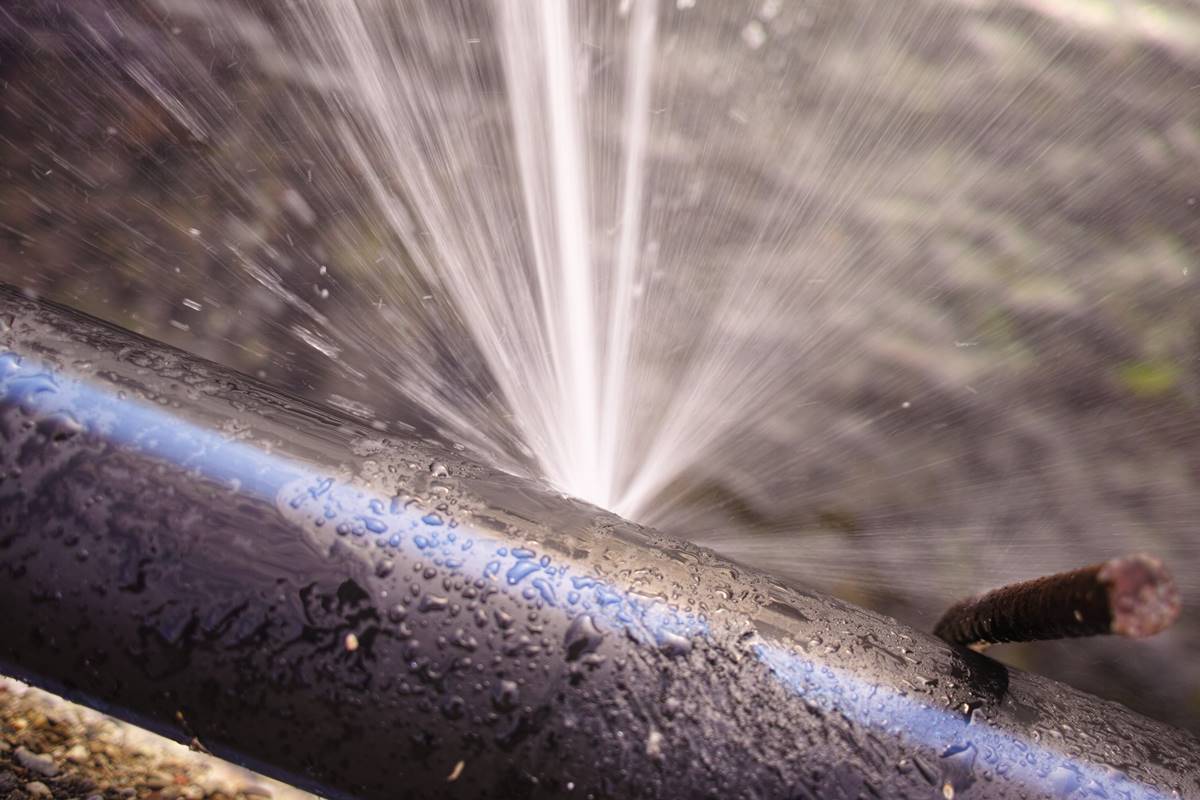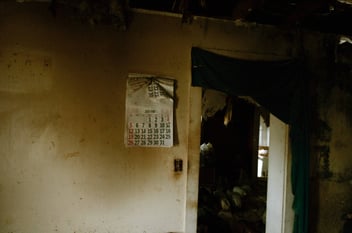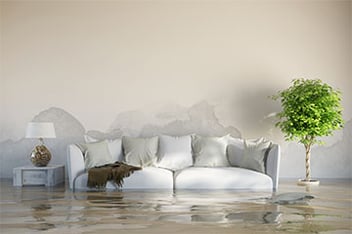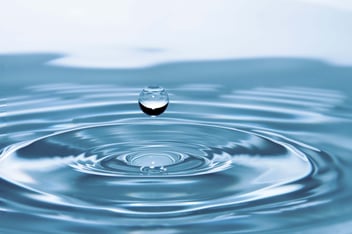Many buildings in Florida that were built before 1975 had cast iron pipes, which have become notorious for degrading and failing. A cast iron pipe is supposed to last an average of 50 years, according to the Environmental Protection Agency, but they have been known to break within 25 years after their installation.
The cast iron pipes used for clean drinking water can last the full 50-year duration, but the cast iron pipes that are used to carry sewage and waste are subject to a more corrosive environment.
What Causes Cast Iron Pipes to Fail?
For the most part, these pipes become corroded and rust because hydrogen sulfide gas can form from the waste that passes through the pipes, which oxidizes and produces sulfuric acid, which will corrode cast iron. There are also drain cleaners that can make pipes corrode faster if they are used frequently, especially if they contain sulfuric acid or other corrosive chemicals.
The pipes also have the potential to be corroded from external factors like construction, clay soil, pesticides, or chemical spills. These are less likely to cause corrosion to your pipes than internal factors, but it is still possible.
Your pipes can become corroded from other factors too, this is not a full list. Pipes can also fail for reasons besides corrosion, though it is one of the most common factors in pipes failing.
Signs Your Pipes Are Failing
There are a number of warning signs to look for if your home has cast iron pipes.
If the water coming out of the pipes is brown or yellow colored, and you are not getting it from a well, this is a sign that your pipes have become corroded or rusted. This is one of the most visible signs of problems with your cast iron pipes.
The smell of sewer gas indicates there is a serious problem with your pipes; if you smell this you should call a plumber right away, and ensure that the area where you are smelling the sewage is able to vent outside.
A gurgling sound coming from the plumbing on lower floors can be an indicator that the pipe may be clogged.
Slow draining or backups from the sink or toilet may be a sign of the pipes being clogged or damaged. The chemicals used to unblock the pipes contain sulfuric acid though, which can lead to damage in the process.
If you spot mold in your home, it could be an indicator that one of your pipes has cracked in the walls.
Sewage is a natural fertilizer, so if your lawn suddenly becomes more lush and greener, it may be a sign your pipe is leaking. Any patches you notice in your lawn that are like this can be a good map to show you where the pipes are leaking. Sewage can also cause soil to dissipate if it has been leaking for long enough, so sags or indentations in your yard can be another indication. Puddles in your yard are another obvious sign of leaks.
Cracks in your walls or foundation are a sign of extreme damage to your pipes. This occurs if your pipes have been leaking for an extended period of time and have gone unnoticed, likely because they were in the wall or basement. This can lead to sinkholes.
Rust is an obvious external indicator that there is something wrong with your pipes. If you catch it early enough, you may be able to avoid serious damage to your pipes.
Avoiding Further Damage
If you notice any of these warning signs, call a plumber and have your pipes inspected right away.




 Storm Damage
Storm Damage  Property Damage
Property Damage Appraisal Services
Appraisal Services Contact Us
Contact Us




.jpg)
 claims@ucspa.com
claims@ucspa.com Mon-Fri: 9:00am-5:00pm
Mon-Fri: 9:00am-5:00pm